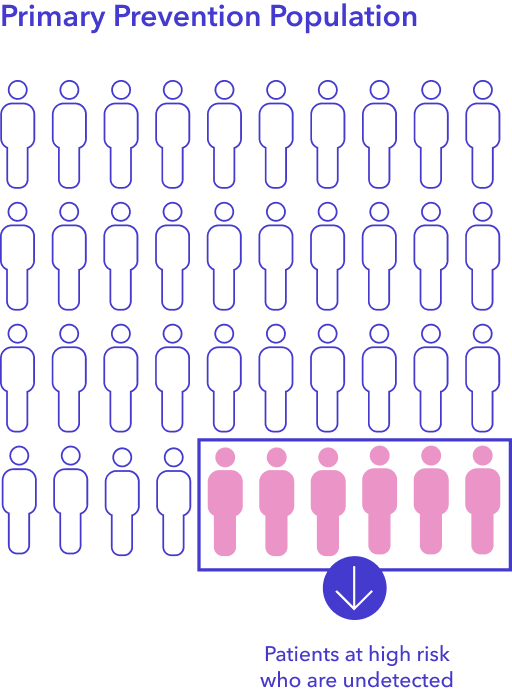Uncover patients’ hidden risk
Current risk prediction for common disease focuses on clinical risk factors, such as smoking and high cholesterol for heart disease, and rare pathogenic mutations in single genes like BRCA1/2 for breast cancer. But many patients at high risk still go undetected and suffer the effects of these diseases. By integrating Polygenic Risk Scores (PRS) into risk prediction, health systems can identify significantly more patients at high genetic risk, allowing data-drive decisions to inform more effective primary prevention strategies.
Risk prediction models which fail to account for PRS have potentially devastating consequences: many patients at high risk of diseases like breast cancer and Type 2 Diabetes are invisible to existing assessments and are incorrectly classified as having low or average risk. As a result, these patients are not prescribed with appropriate preventative strategies. This hidden risk is estimated to be present in more than 10% of the population for some diseases.*




